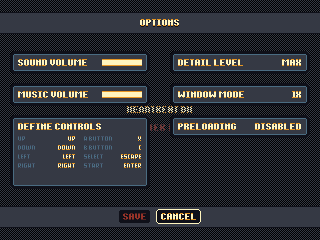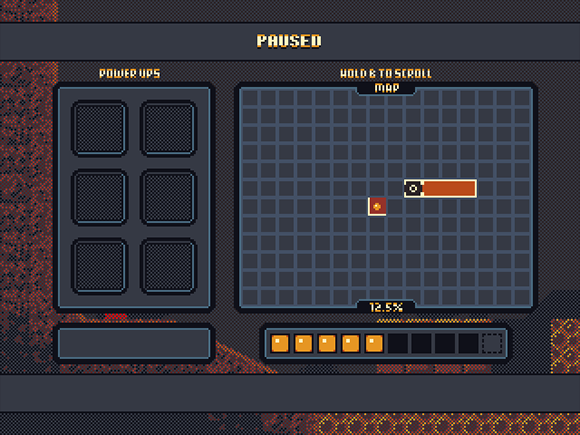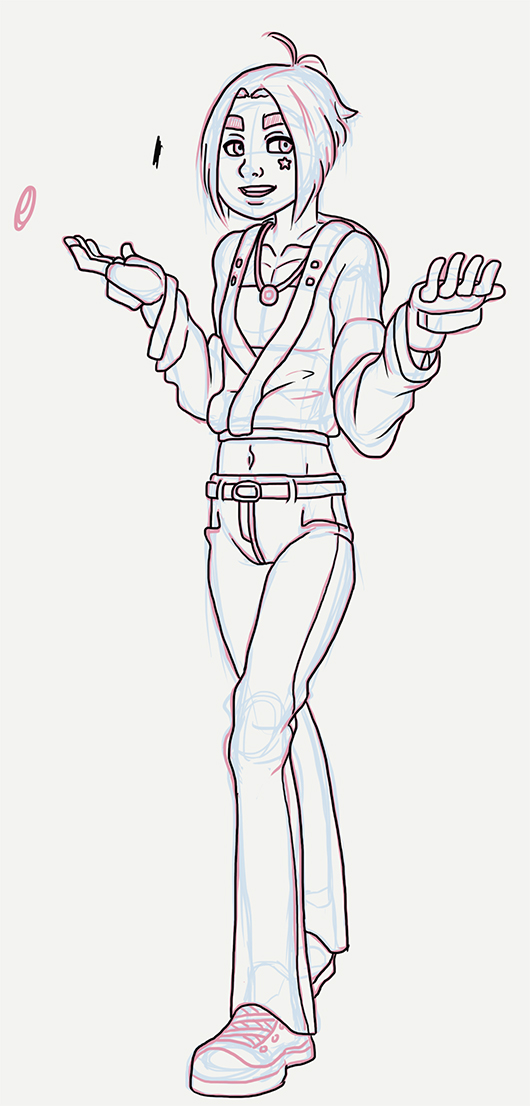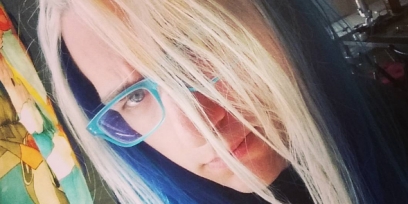Adobe AIR Window Scaling
Over the past week I added some menus and options to my Global Game Jam game remake. I'm doing this super early on in the game's life because having some awesome polished menus makes it feel like a "real" game, which motivates me to work on it more. One of the first things I did for the game options was window scaling. The game natively runs at 320 x 240, so obviously players are going to want some various scaling options unless they really want to run it at 1x and barely see the game on their screens that are now probably 4000 pixels wide.
The awesome thing about working in AIR is that it will automagically resize the game's window to the size of the flash stage, so all I have to do is set the stage width and the stage height and the window will resize to match. However, there are some funky issues that can arise.
The flash stage has different scaling modes that you can use. There's EXACT_FIT, NO_BORDER, NO_SCALE, and SHOW_ALL. For the case of this game, I'm using EXACT_FIT after I resize the window. The reason for this is so that players with super huge monitor set ups can scale the window themselves.
This was actually a problem with Offspring Fling until the lastest update. I had a player that had a desktop width of over 4000 pixels because of their multimonitor set up. They couldn't play in fullscreen mode because it would scale across both monitors, and they couldn't play in windowed mode because it was too tiny. Changing the window mode to EXACT_FIT made it so anyone can scale the window to whatever size they want. I could've also used SHOW_ALL, which would maintain the game's aspect ratio as it scaled, but some users wanted to stretch the game to fill their entire monitor. (WHY?!)
The awesome thing about working in AIR is that it will automagically resize the game's window to the size of the flash stage, so all I have to do is set the stage width and the stage height and the window will resize to match. However, there are some funky issues that can arise.
The flash stage has different scaling modes that you can use. There's EXACT_FIT, NO_BORDER, NO_SCALE, and SHOW_ALL. For the case of this game, I'm using EXACT_FIT after I resize the window. The reason for this is so that players with super huge monitor set ups can scale the window themselves.
This was actually a problem with Offspring Fling until the lastest update. I had a player that had a desktop width of over 4000 pixels because of their multimonitor set up. They couldn't play in fullscreen mode because it would scale across both monitors, and they couldn't play in windowed mode because it was too tiny. Changing the window mode to EXACT_FIT made it so anyone can scale the window to whatever size they want. I could've also used SHOW_ALL, which would maintain the game's aspect ratio as it scaled, but some users wanted to stretch the game to fill their entire monitor. (WHY?!)
1 Comment






















